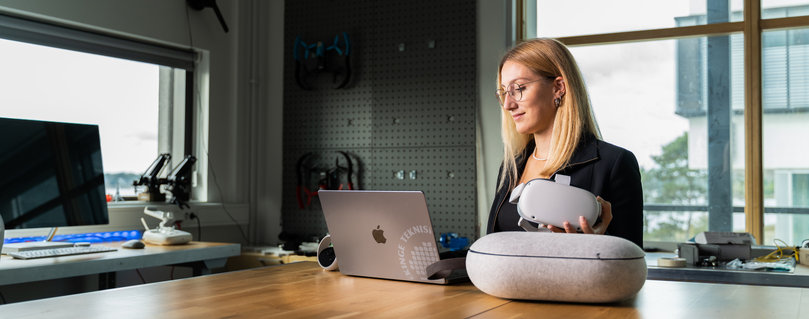Digital product development for a sustainable future

Product development is no longer just about creating a product that provides benefits at the lowest possible cost. With the rapid pace of change in society, products must also be able to fit into complex systems and be sustainable.
A solution for developing new products according to new conditions is so-called model-driven product development, which is largely about simulating at an early stage, even before the product is produced, the effect a certain solution has on the product’s lifetime. This is done within BTH’s research, among other things, by using a digital twin.
“A digital twin is a digital replica, a copy, of a product or an environment. It gives us and the company a chance to test different things that could, for example, go wrong and remedy this even before the product is produced or to optimise the value creation that the product provides, says postdoc Giulia Wally Scurati.
The project, which is run at BTH and which is included in the Royal Swedish Academy of Engineering Sciences, IVA’s 100 list of projects with potential for societal and business benefit, aims to create more sustainable products (and associated services) that also bring value to companies.
“When we use a digital twin, it is not only the product itself that is evaluated, but also the system the product is to be in. We can, for example, simulate and visualise the impact a certain design choice has on the environment around the product. Moreover, what we get out is not just numbers, but data that anyone can understand even without an engineering degree. It becomes much easier to create significant value for companies, states Giulia Wally Scurati.
5 October 2023